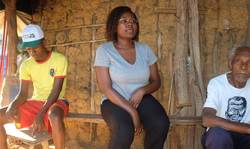Gallery
Houses in the middle of the sugarcane plantation. Photo credit: Witness Radio
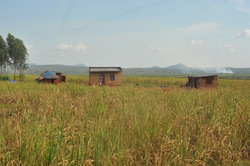
Houses in the middle of the sugarcane plantation. Photo credit: Witness Radio

Houses in the middle of the sugarcane plantation. Photo credit: Witness Radio

Sarr Mamadou, président du Forum national des organisations de droits humains (FONADH, un collectif d’une vingtaine d’ONG), revient sur les racines du mal : « Selon l'ordonnance de 1983, la terre appartient à la nation. Elle n'appartient pas au gouvernement. »
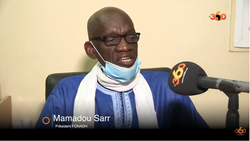
Lucy Akot, 32 years old, poses for a picture with her family on her compound which used to be over 15 acres of land in Kiryandongo District, Uganda, on July 24, 2020. (Photo: Thomson Reuters Foundation/Isaac Kasamani)
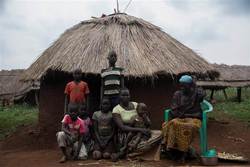
Researchers and activists meet with family farmers from communities in southern Piauí, as part of the Matopiba International Caravan project. In the region, the group has verified negligence on the part of the authorities, the impact of pesticides, and areas of foreign investment. Image by Rosilene Miliotti/FASE.

A community member who was beaten and hacked with a panga during the eviction. Photo credit: community member archives
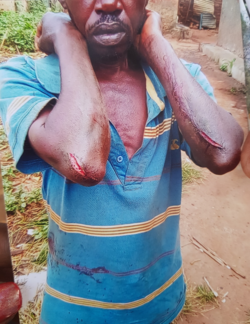
Sarah Apio and her family sit outside their home. In the background, a few hundred steps from their house begins the vast sugarcane plantation. (Photo: GRAIN)

« 20.579 hectares de terres convoitées par des exploitants agricoles et des investisseurs étrangers sont en train d’être immatriculés à tort comme étant propriétés de l’Etat togolais », a fait savoir le président de la LCT, Sogadji Emmanuel, dans une déclaration lue au nom des propriétaires terriens.
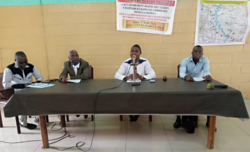
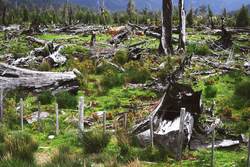
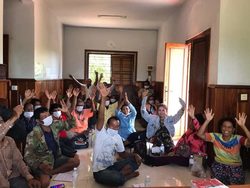
A zebu herd on a national highway in Madagascar. Image by Rhett A. Butler/Mongabay.
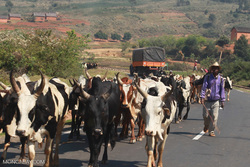
The decommissioning of the Ndiael reserve has resulted in a long-term process of deterioration of pastoral land rights for the Fulani herders (Photo : GRAIN)
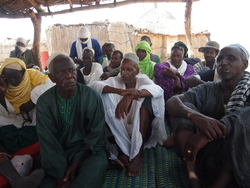
Brazilian land rights defender Altamiran Ribeiro and Harvard University students discuss the fight for environmental justice, in the face of land grabs by institutions like Harvard. (Photo: Jenna Farineau/ActionAid)
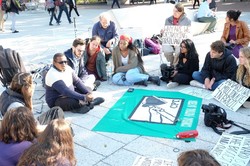
Protesters call in Phnom Penh for government authorities to intervene in land-rights disputes, Jan. 13, 2020.
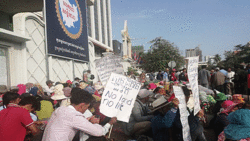
Margaret Fascia says she was able to fend off Socfin bulldozers when they came to clear her land. (Photo: Maja Hitij)
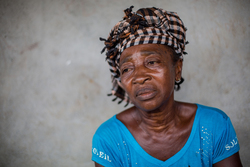
Capture d'écran de la conférence de presse du 25.6.2020
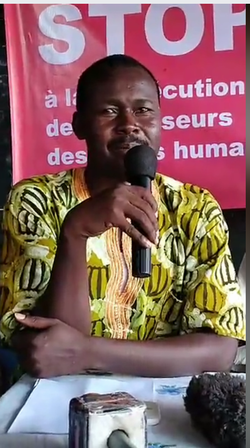
Access to Nicaragua’s eastern indigenous autonomous zones is limited, with many areas only accessible by boat or on foot. (Photo: Sandra Cuffe for Mongabay)
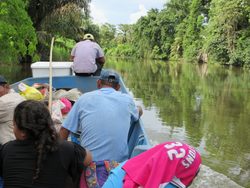
Police wearing a face masks to protect against coronavirus, detain a protester during an unsanctioned protest in Almaty, Kazakhstan, Saturday, June 6, 2020. (AP Photo/Vladimir Tretyakov)

Villagers from Ijaw-Gbene in Okomu Kingdom who had their homes burnt down on 20 May 2020 by agents of the Okomu Oil Palm Plantations Company.
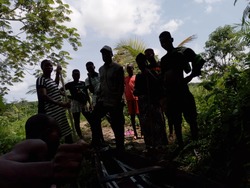
Alteo contrôle 19,000 ha de terres agricoles pour la production du sucre à Maurice, au Kenya et en Tanzanie
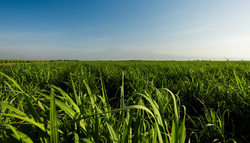
Protesters against the proposed CP poultry farms in Guangfu, Hualien County, Taiwan on May 30, 2020. (Photo: CNA)
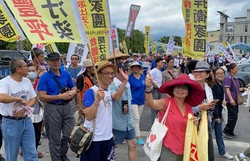
Assemblée générale de la Socfin en 2019. (Photos: Initiative pour un devoir de vigilance au Luxembourg)
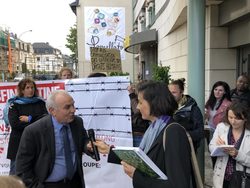
Farmer protests against the land reform, December 2020. (Photo: Oleksiy Frayer)

When Felicia Kasenga and her family were forcibly evicted by a commercial farmer from land in Luombwa, they ended up homeless. Kasenga and her 10 children had to sleep in the open for several months. (Photo: Samer Muscati for Human Rights Watch)
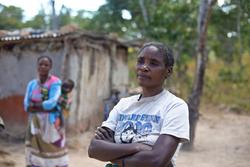
Crispin Odey of Odey Asset Management. (Photo: Shutterstock)

Maryellen Crisóstomo de Almeida, a journalist and member of the Baião quilombo, explains the process for land titling to her community. (Photo: Sarah Sax)
